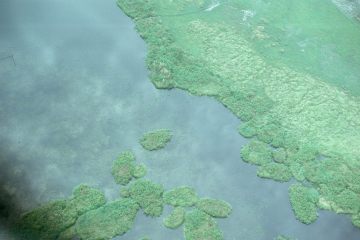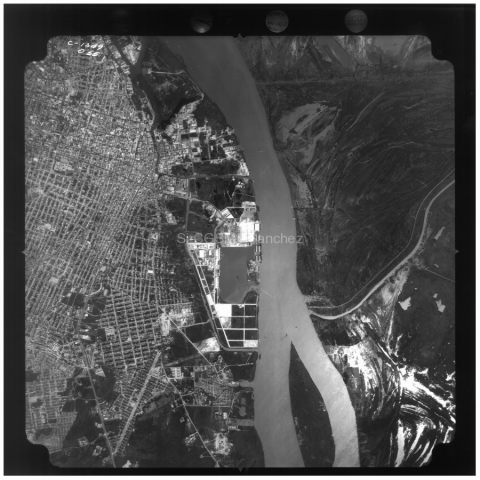http://search.informit.com.au/documentSummary;dn=932448224434038;res=IELENG
This paper considers the implementation of traditional, soft, green schemes to mitigate erosive processes, in the Cienaga Grande de Santa Marta coastal wetland. In this investigation, the physical process analysis takes into account the natural dynamic and the effects of local and distant anthropogenic actions which are responsible for the present beach sediment imbalance. The physical behaviour of the coastal system is evaluated through the wave climate, local hydrodynamics, water level variations (astronomical tides mainly), sediment transport, morphological changes in different time scales and physical alterations caused by human impacts. Delft 3D model was applied in order to explain the actual conditions and the possible ecological, economic and social consequences of the implementation of a range of different coastal protection schemes on the barrier island. The benefits and effectiveness of the alternatives is not only being measured in terms of coastal erosion reduction, the perception and participation of the community in the choice of a final coastal protection scheme will also be taken into account. It is possible to conclude that the implementation of ecologically friendly coastal protection solutions is necessary for the restoration and conservation of these ecosystems. It has also been shown that for this area traditional coastal structures are inefficient and environmentally expensive.



